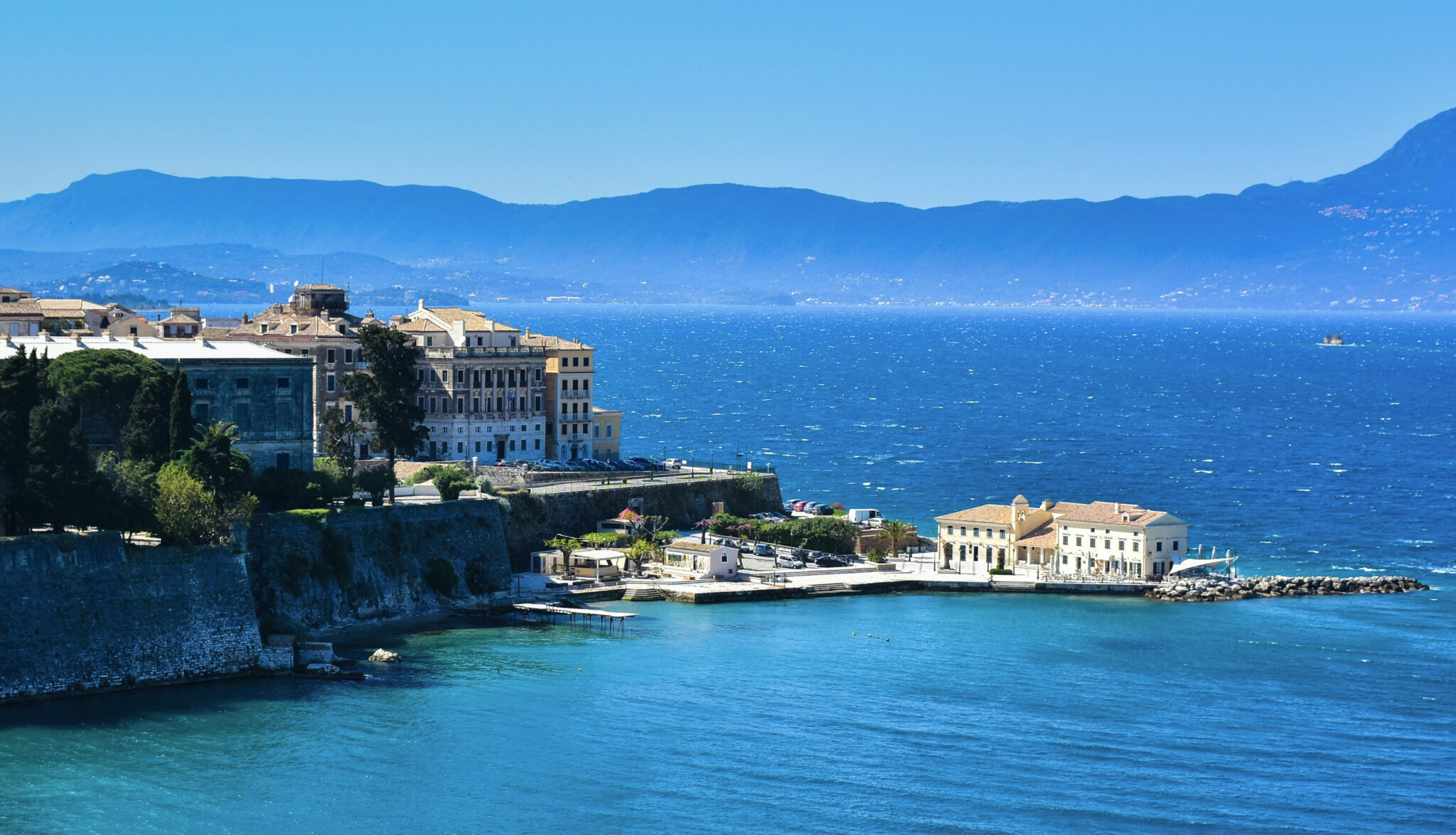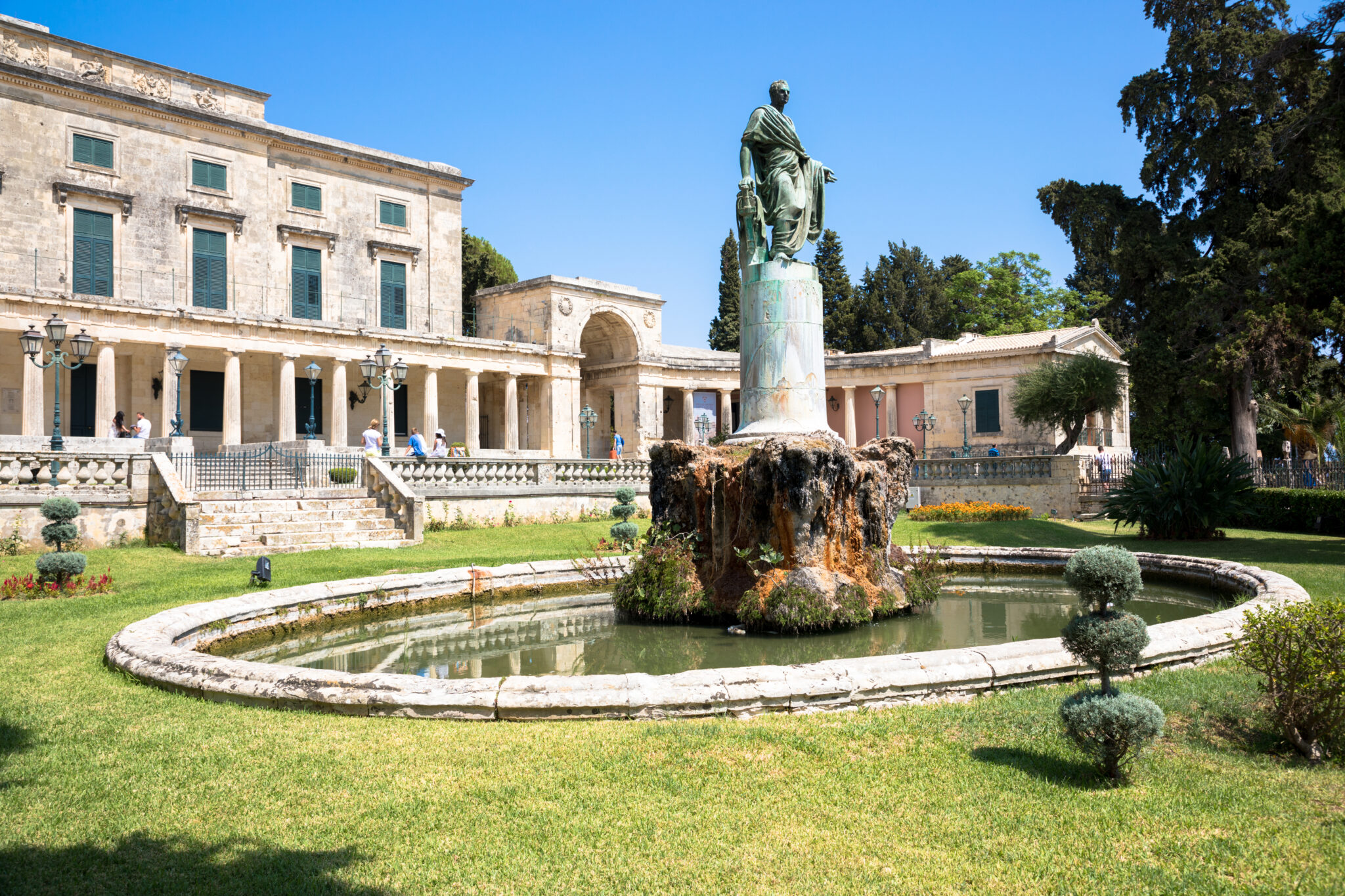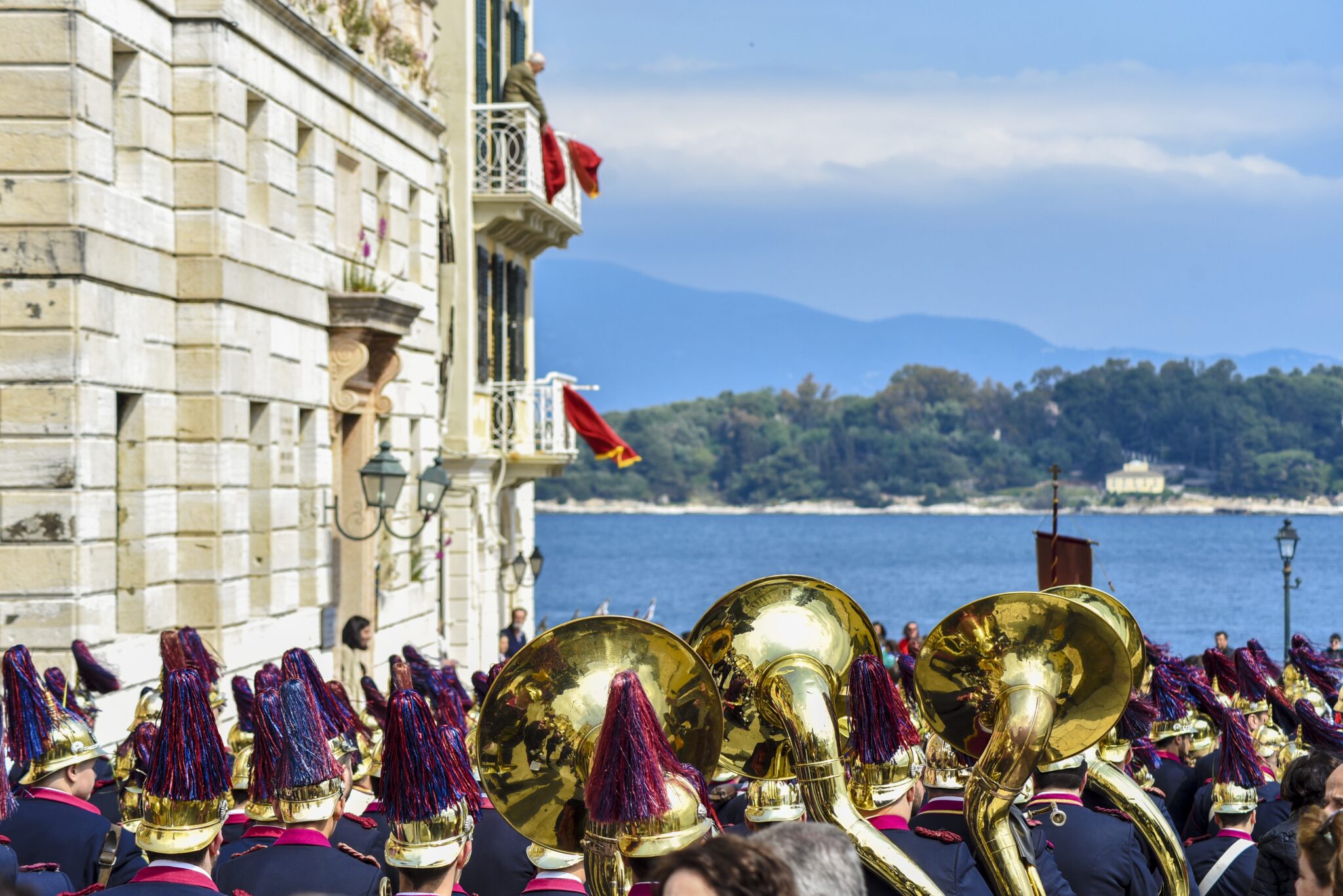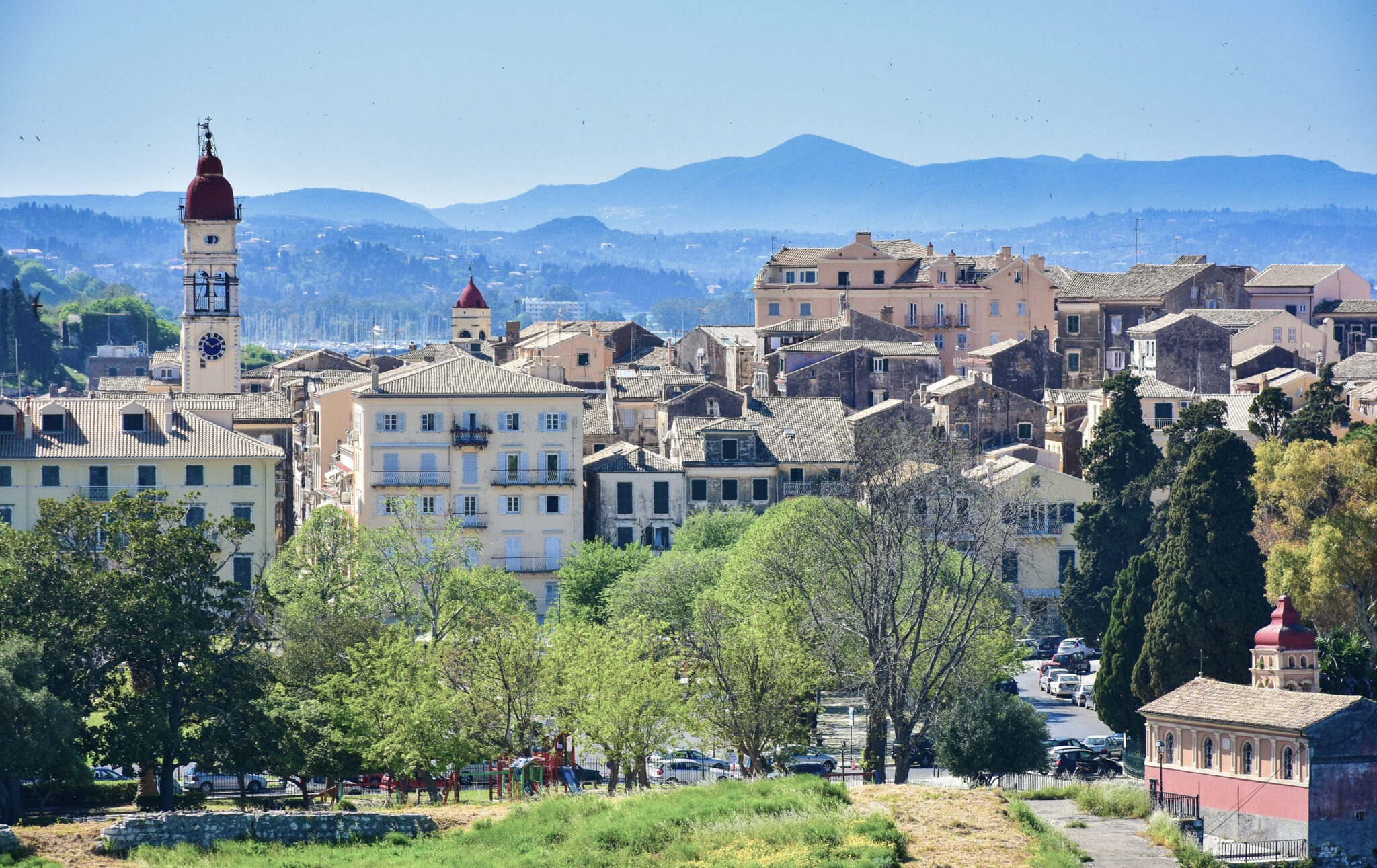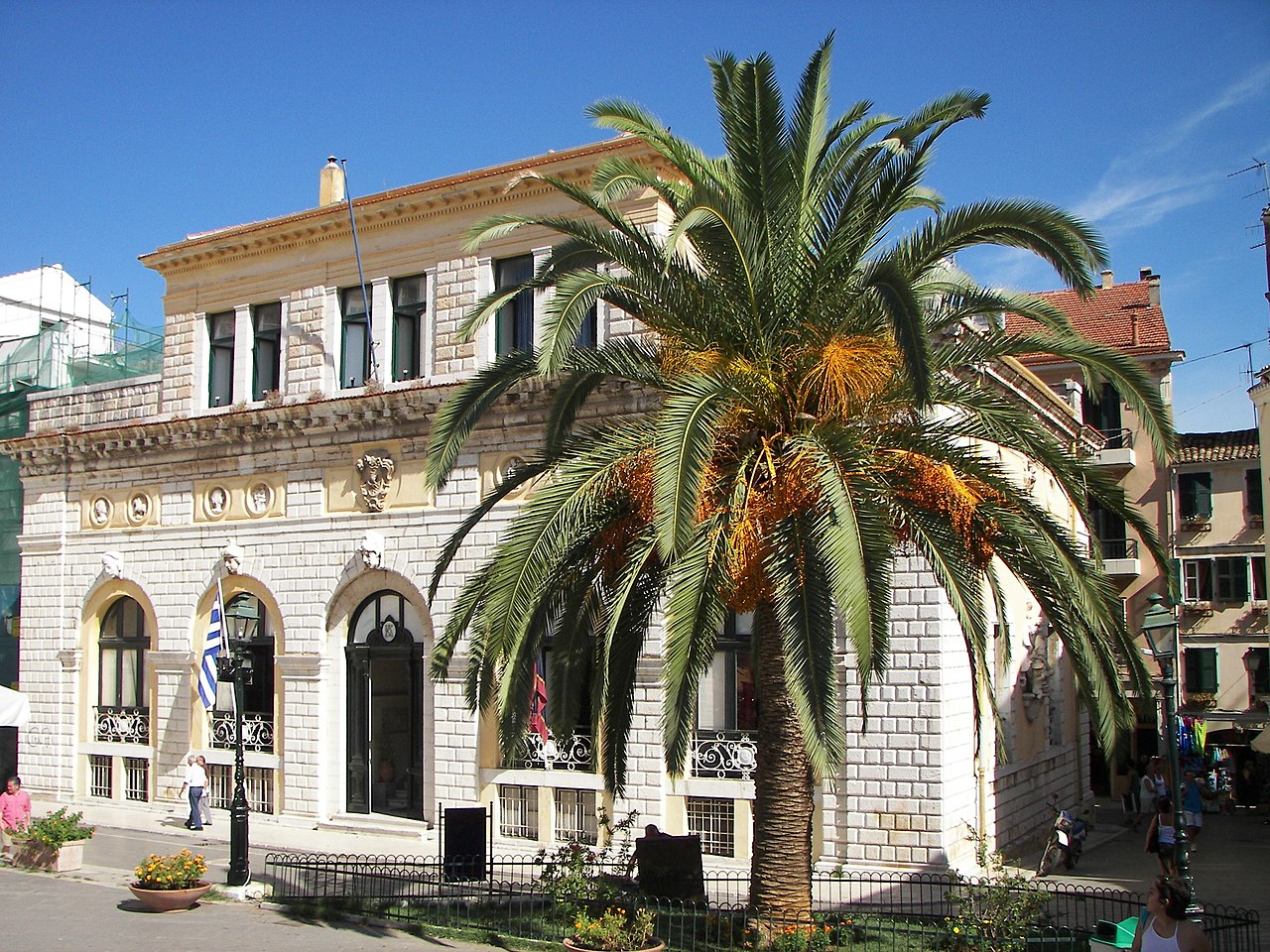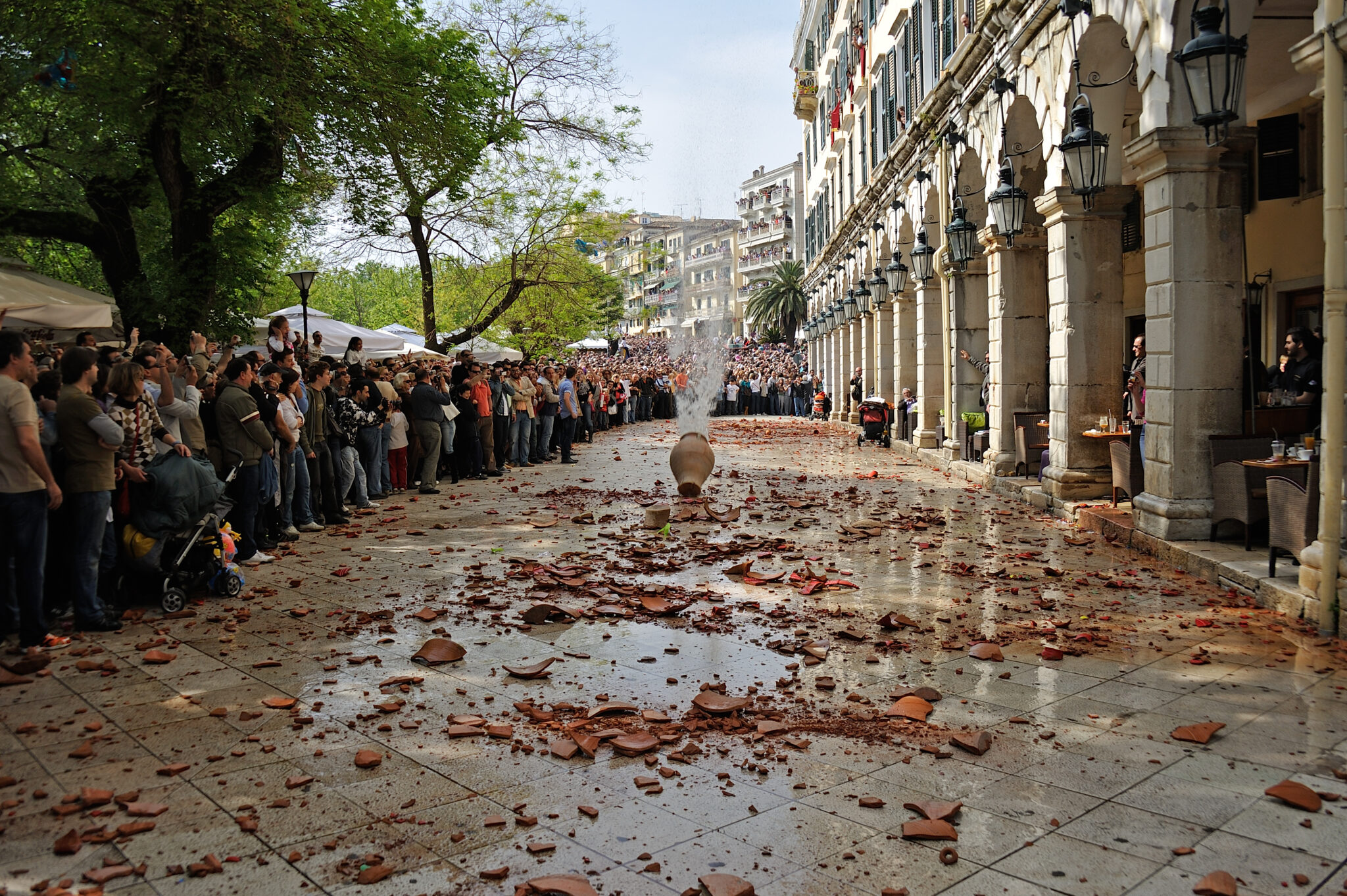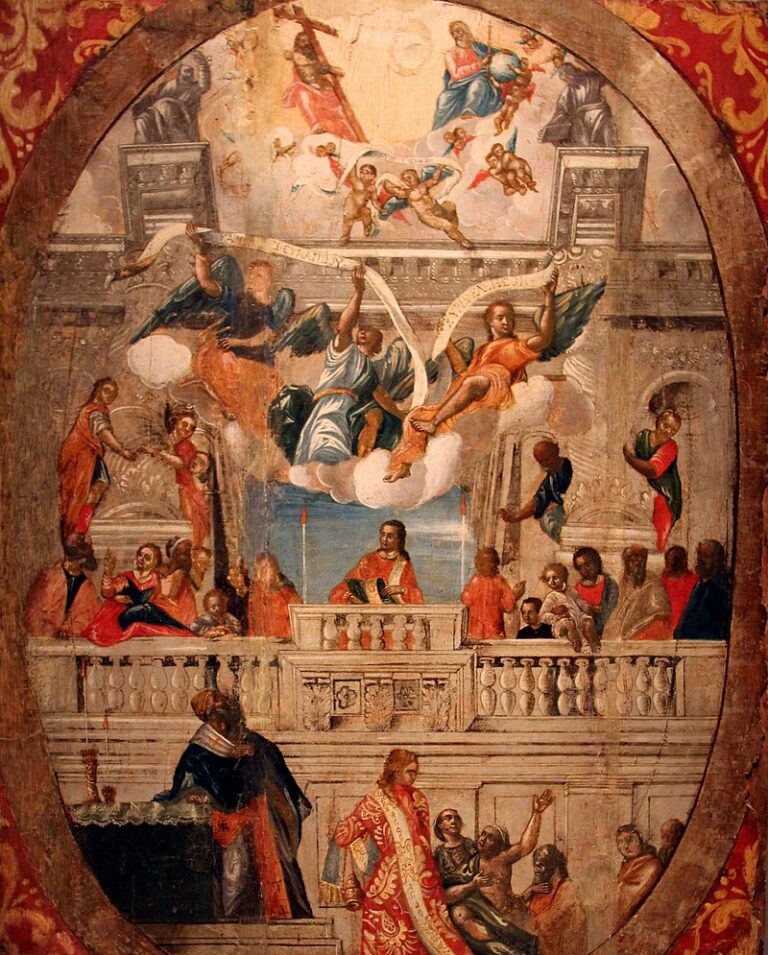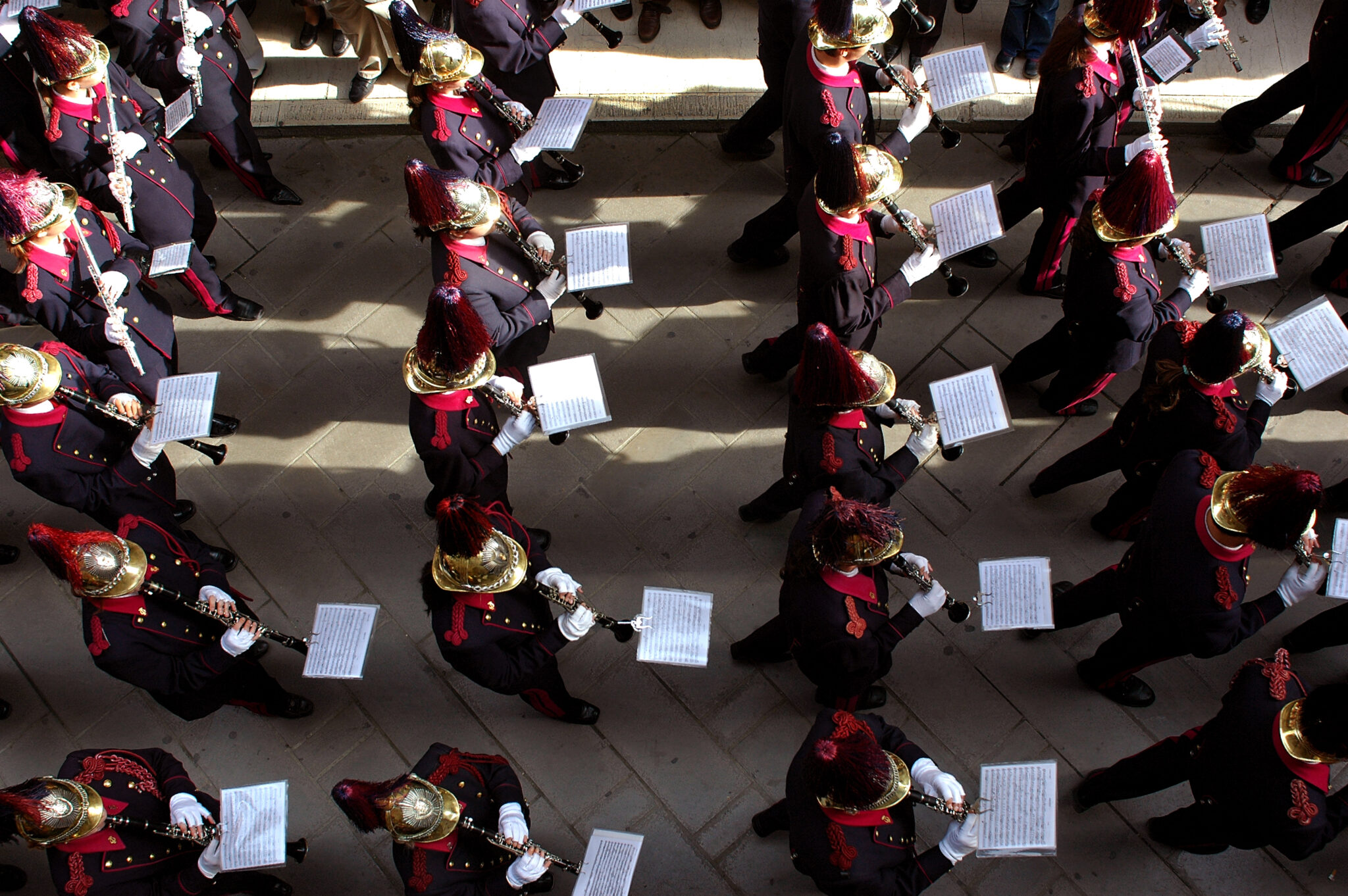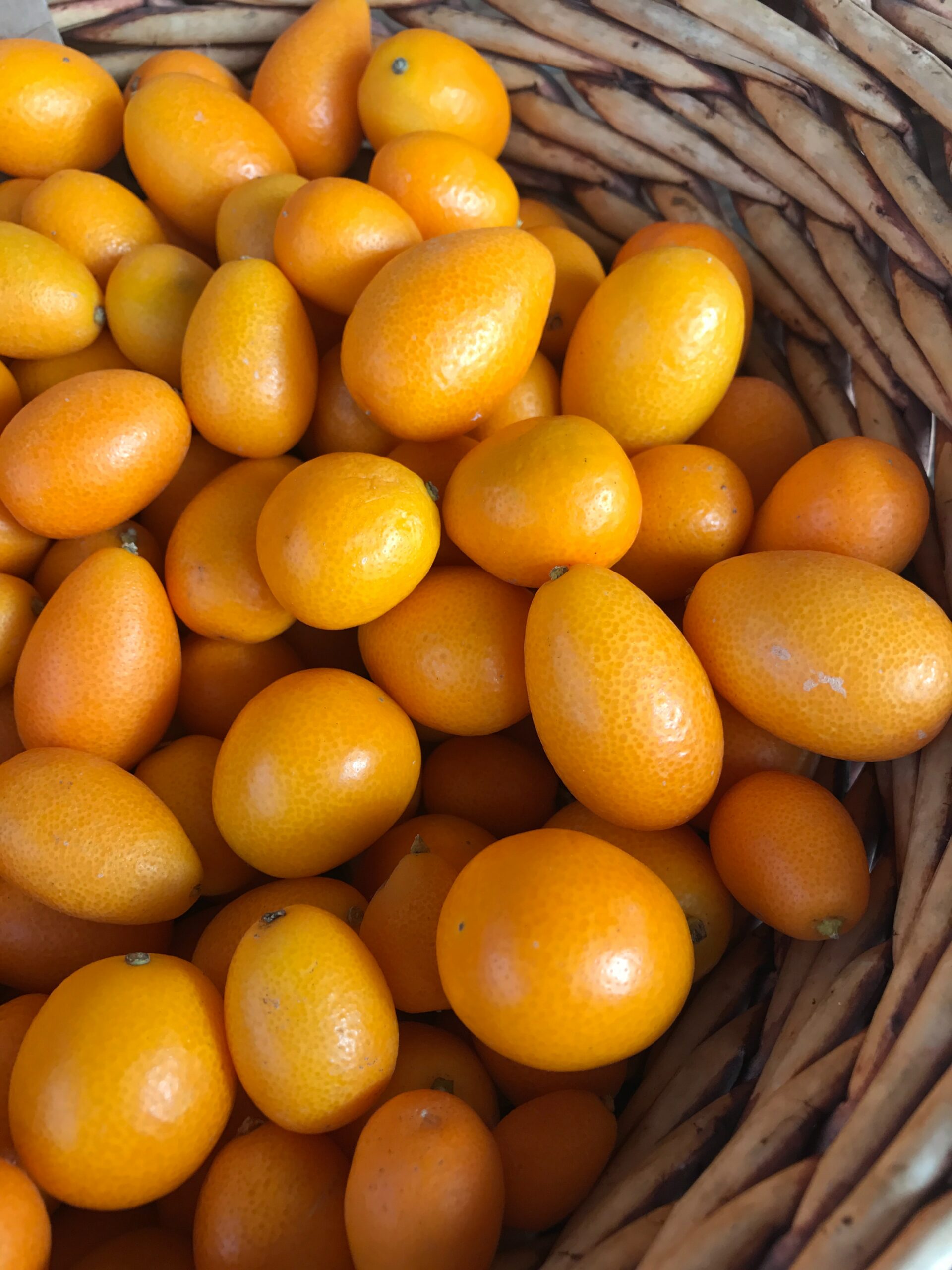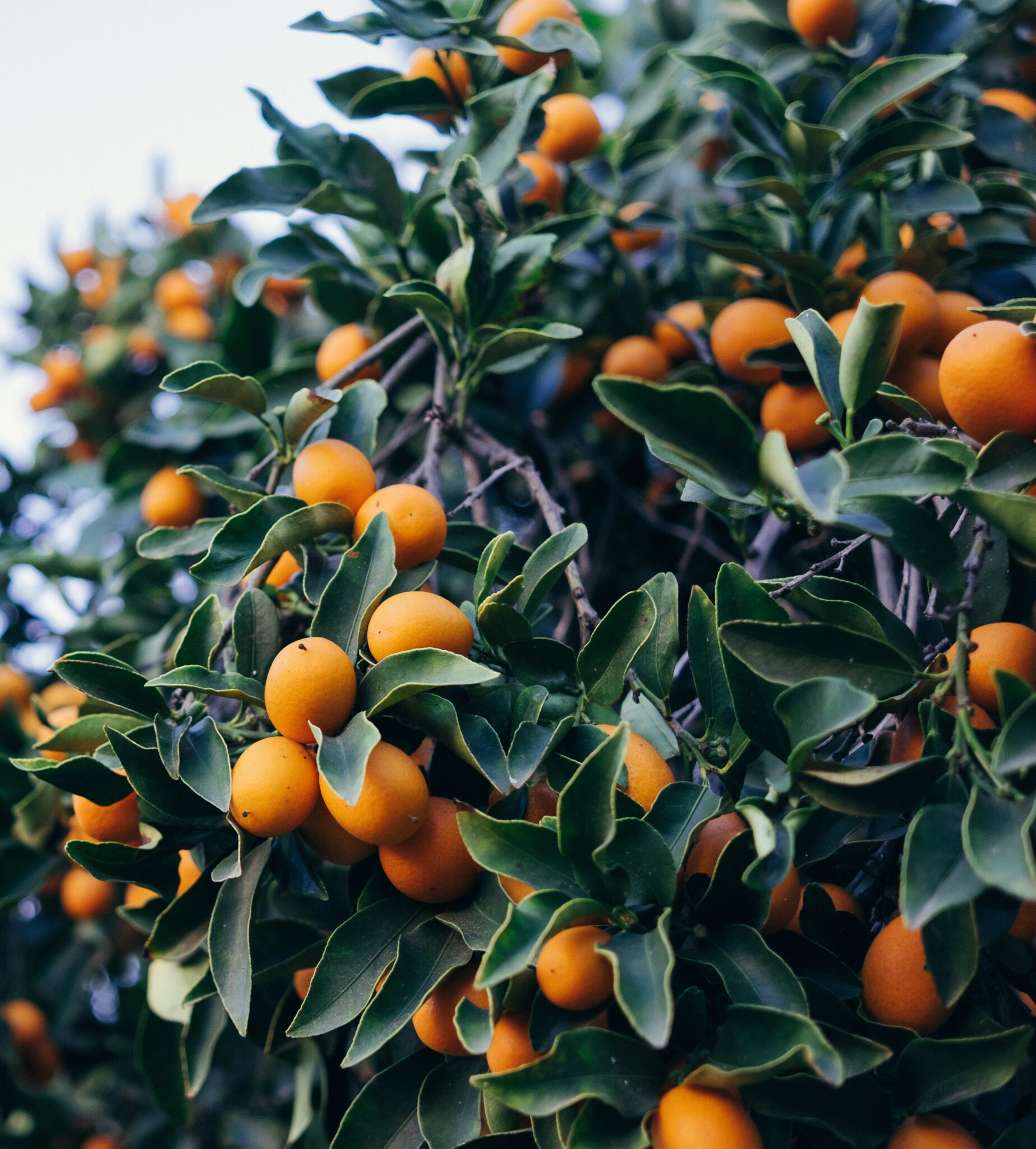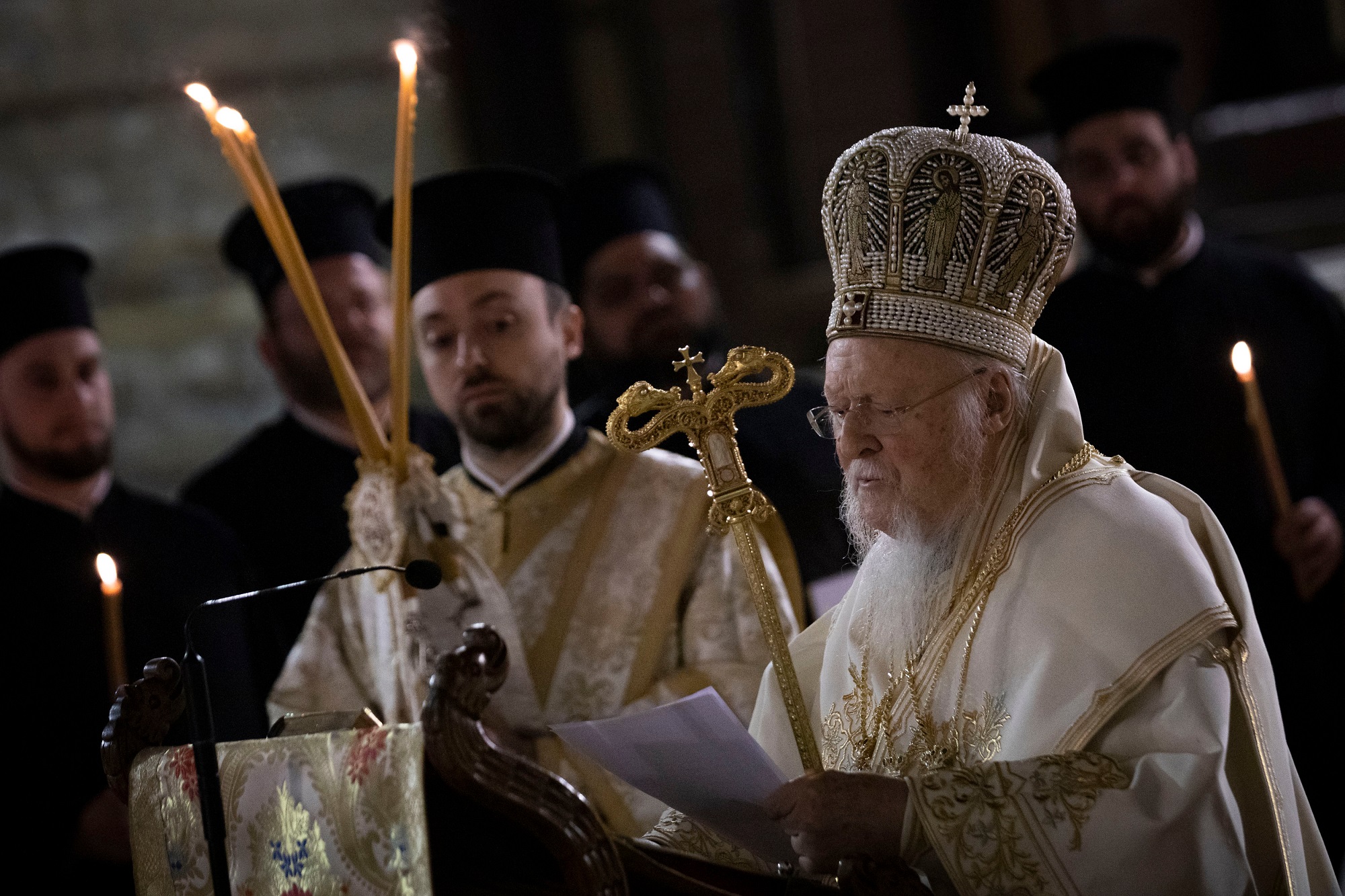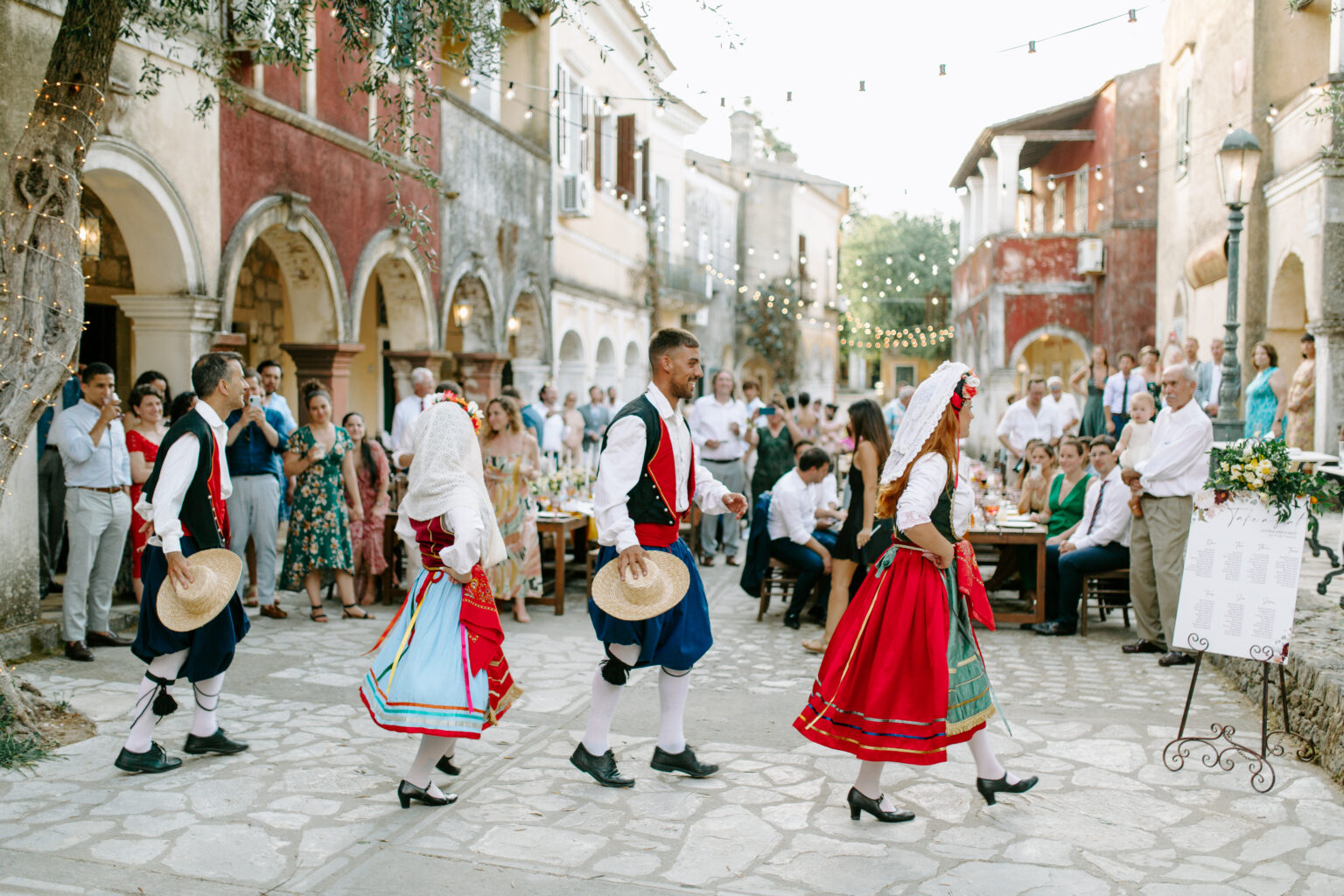The rich cultural heritage of Corfu is a reflection of its historical roots. The island has a unique blend of traditions and customs, shaped by the absence of Turkish rule and the influence of the Byzantine and Venetian civilizations.
Throughout its history, Corfu has been a cultural hub attracting painters, poets, and artists who formed clubs and organizations like the Reading Society and the Ionian Academy. Notable figures like Dionisios Solomos (1798-1857), Polilas, and Markoras all contributed to the island’s cultural landscape. The composer Mantzaros (1795-1872) even founded a school of modern music and the first musical band.
The cultural aspects of Corfu include literature, art, music, theatre, and architecture. Each one showcases the island’s rich heritage and diverse influences. Whether it’s through the written word, visual art, musical composition, theatrical performance, or architectural design, Corfu’s cultural offerings are a testament to its rich past and vibrant present.
The Architecture of Corfu
The architecture of Corfu dates back to the Corinthians. Remnants of the circular grave of Menecrate and parts of Doric temples can still be seen on the Kanoni peninsula. Decorative elements, like the stone-carved frieze of Medusa and lion, are at the Archaeological Museum. During the Byzantine era, many churches were built, but few remain due to earthquakes. Today, various ancient and old constructions can be seen, including simple stone houses with wooden roofs in the countryside. Later, houses were built with external stairs and bigger verandas. After Greece annexed the Ionian Islands, the economy of Corfu improved, leading to improved architecture with neoclassical elements. The old town of Corfu was built in the 13th century but no longer exists, except for some remains in Paleopolis. The present old town dates back to the Venetian and English periods.
The Venetian buildings in Corfu are multi-story structures with simple designs and plain exteriors, featuring symmetrical windows, main entrances, arches, stone balconies, and green shutters. Noble buildings have more elaborate architecture, with carved entrances, large cornices, and decorative elements. English palaces in the city are taller and more detailed, including bathrooms. The city has many churches, built between 1550-1750, usually basilicas with one nave, wooden roofs, and decorated with golden frames and religious scenes. Notable buildings by architect J. Chronis include the house of Capodistria, Ionian Parliament, Ionic Bank, private buildings, and Saint Sofia and Mandrakina churches.
Theatre on Corfu
The first ‘Modern’ theatre in Corfu, “Saint James“, opened in 1720 during the Venetian period. It was located in the Loggia of the Nobles and was so popular with the locals that it remained active even during the siege by the Russian-Turk fleet in 1798. In 1903, it became the town hall and a larger theater was built, but it was destroyed during World War II. Today, theatrical performances take place in the municipal theater and two fortresses in the city. There are numerous theater associations on the island, including the Corfiot Ballet, the Corfiot Stage, and the Feaci Theater Laboratory.
Easter Week
During this week, the Greek Orthodox Church observes a series of customs and traditions that are deeply ingrained in the island’s culture. Thousands of tourists also come to Corfu during Easter Week to experience these traditions firsthand. One of the main events during Easter Week is the procession of the tent of St. Spyridon on Palm Sunday. On Holy Thursday, there are processions of the Epitaphs from each parish to Cantounia. The philharmonic orchestras contribute to the solemn atmosphere throughout the
week.
On Holy Saturday, at 11 a.m., the first Resurrection takes place with the throwing of “Botithon,” which are clay pitchers that are hurled out of the windows and balconies of houses en masse. In the evening, a procession starts from the church of Agia Paraskevi and meets with the assembled crowd at the upper square of the town, Spianada. At exactly midnight, the phrase “Christ is Risen” is shouted and the sky is lit up with fireworks.
Art in Corfu
Art in Corfu has been shaped by different dominions and immigrant artists. The first ceramics in Corfu, inspired by the Corinthian style, evolved into a unique Corfiot style by the 6th century B.C. During the Classic period, sculptors focused on human figures, while the Hellenistic period emphasized realism. The Byzantine period saw religious paintings inside churches. In the 16th century, artists from the Cretan school, fleeing Turkish invasion, took refuge in Corfu, bringing their works with them. These works, including those by M. Damaskinos, J. Palladas, E. Lambardos, G. Kotzias, and G. Kortezas, can still be seen in Corfu’s churches and Byzantine Museum. Tzanes and T. Poulakis were notable painters in the following century.
The 18th century saw a new Venetian influence and the end of orthodox tradition in religious paintings, with P. Doxaras as the most important painter and founder of the “Ionian Painting School”. P. Prosalentis was a neoclassic sculptor, and J. Kalosgouros made the marble bust of Countess Helen Mocenigo. Recent artists include D. Veyias, the first engraver, C. Pachis, the founder of a painting school, A. Giallinas, G. Samartzis, and M. Zavitsianos.
The Philharmonic Orchestra
The Philharmonic Orchestra of Corfu has a reputation that extends beyond the borders of Greece. The orchestra is known for its glittering brass instruments and unique sound, which gives a special tone to the celebrations that take place on the island. The Orchestra is just one of many philharmonic bands on the island, all of which are non-profit associations that aim to promote music education. One of the most notable achievements of the Orchestra is that it played the Olympic Anthem in a world first at the Olympic Games of 1896 in the Kallimarmaro Stadium. Two other well-known philharmonic orchestras in Corfu are the Manzaros and the Kapodistrias, both of which were founded in 1890 and 1980, respectively.
Literature
In 1828, the great poet Dionisios Solomos (writer of the prose for the Greek National Anthem) arrived on Corfu Island and established a new intellectual society to advance modern Greek literature, leading to the creation of the Ionian School. Despite limited support from Venetian rule, many Corfiots studied in Italy and returned to cultivate their culture. The key debate among intellectuals was whether Demotiki (modern Greek) or Katharevousa (based on ancient Greek) should be the official language of literature. Solomos and most writers chose Demotiki.
Notable figures who influenced Corfu literature include Sophianos, Marmoras, Moustoxydis, Romanos, Voulgaris, Theotokis, Pieris, Delviniotis, D. Solomos, Brailas-Armenis, Kalosgouros, Mavilis, and Zavitzianos. The literary tradition continues today through the Society of Studies of Corfu, the University, and the Reading Society.
Kumquat
The small citrus fruit native to the Far East is grown on the island. It was introduced to Corfu in 1924 by the British agriculturalist Merlin (after whom Merlin oranges are named). The plant thrived and the distillate of its fruit became a traditional liqueur, which is sold in various shops and is known for its unique flavour.
Gingerbeer
Is another popular drink produced on the island of Corfu. It is a refreshing beverage that has been clinically shown to have anti-emetic, antioxidant, and antipyretic properties, as well as the ability to stimulate blood circulation. Gingerbeer is made with lemon juice, sugar, and ginger and is non-alcoholic. It was introduced to Corfu by the English in the years and has since become a popular drink on the island.
Read also:
Savour the Tastes of Corfu: Food Adventures on an Ionian Island



